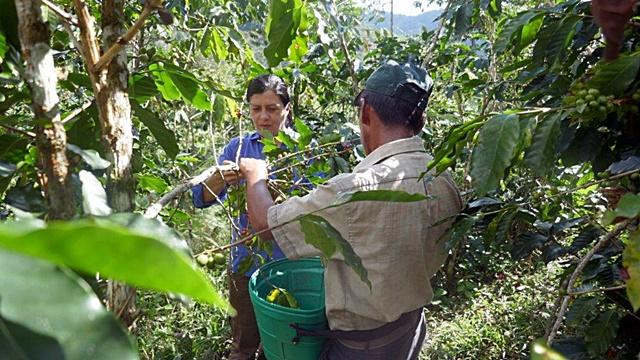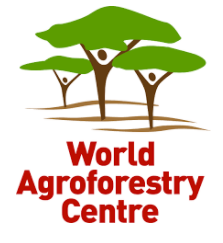Peru’s Integrated Approach to Nationally Determined Contributions Can Boost Agroforestry’s Role in Fighting Climate Change

Agroforestry’s ability to produce multiple benefits can make it a key feature of Peru’s innovative and multi-sectoral approach to NDCs. What is needed to fully harness it?
Climate action is increasingly a country-led and country-driven process. Through their nationally determined contributions (NDCs), each country articulates how they will meet targets set out in the Paris Agreement.
Peru’s Minister of Environment, Elsa Galarza, at a side event co-hosted by the World Agroforestry Centre (ICRAF) at this year’s United Nations’ climate talks in Bonn, Germany, presented the country’s innovative, multi-sectoral and multi-stakeholder approach to its NDCs supported by a Framework Law on Climate Change that is pending approval.
This will enable Peru to harmonize legislation and on-the-ground action as well as provide a seamless contribution to other strategic objectives, particularly, the 2030 Agenda on the Sustainable Development Goals and the development of a green-growth strategy needed to support the country’s admission to the Organization for Economic Co-operation and Development. By 2030, mitigation efforts based on national circumstances and capacities will result in a 20% reduction in emissions, with a further 10% conditional on international support.
The sectors in Peru with the highest greenhouse-gas emissions are Land Use, Land-use Change and Forestry (often abbreviated to LULUCF), and Agriculture, accounting for more than 60% of the national total. These are also the sectors with the highest potential for mitigation while at the same time being among the most vulnerable to climate change.
Key commitments made by Peru concern the agricultural and forestry sectors, among which there are four tree-based measures: two for agriculture, consisting of the promotion of silvopastoral systems in the Amazon and Andean regions; and two for forestry, consisting of coffee and cocoa agroforestry.
Valentina Robiglio, an ICRAF researcher in Peru, has been closely involved in the identification of options for mitigation and adaptation in family farmers’ production systems in the Peruvian Amazon. She pointed out that the potential of agroforestry to contribute to NDCs in Peru—considering both direct and indirect benefits—goes well beyond current estimates.

